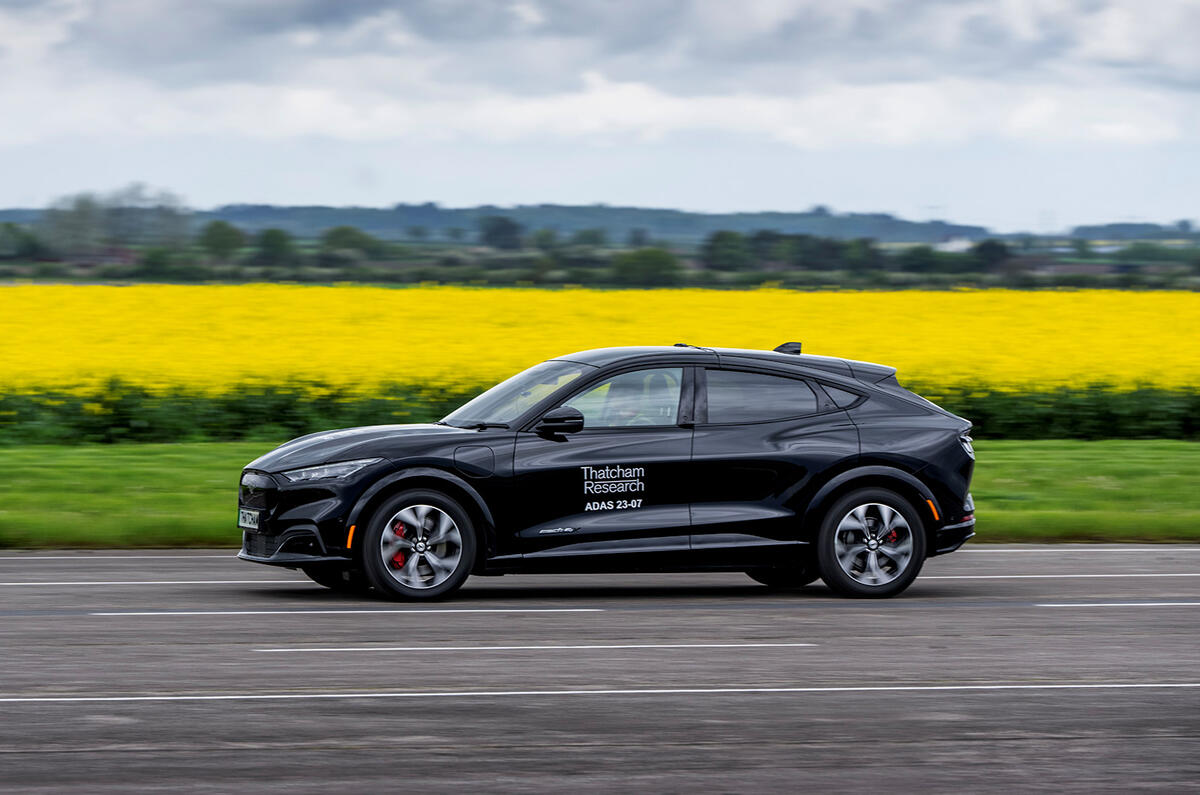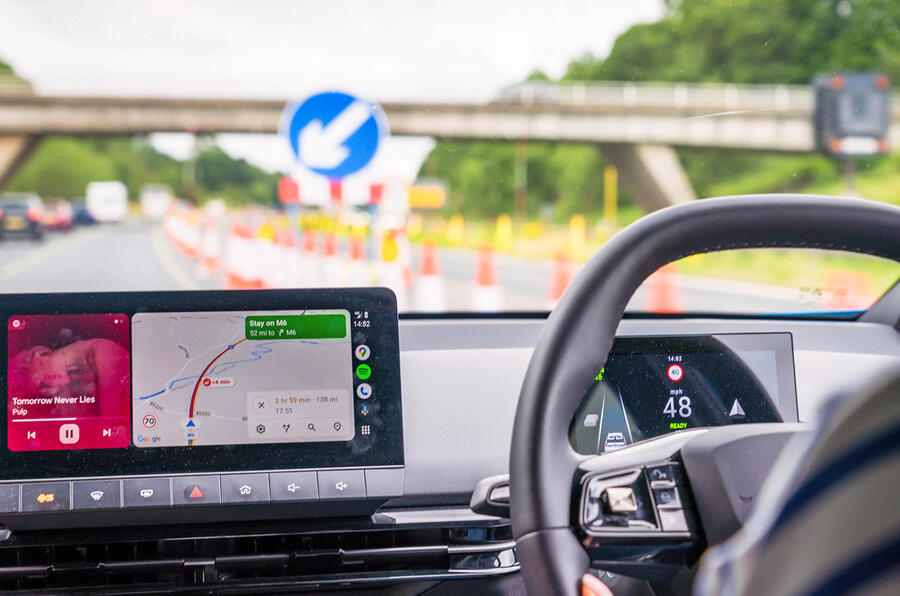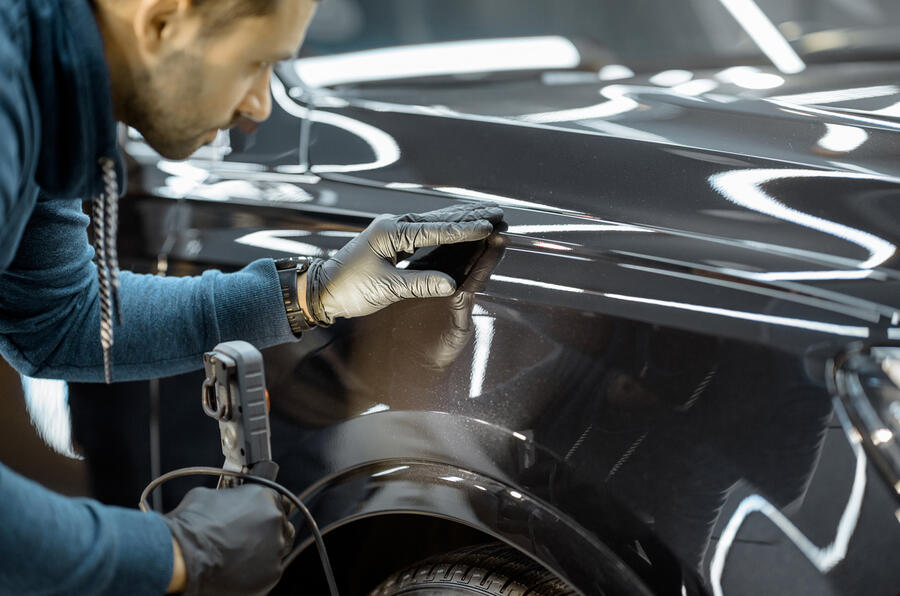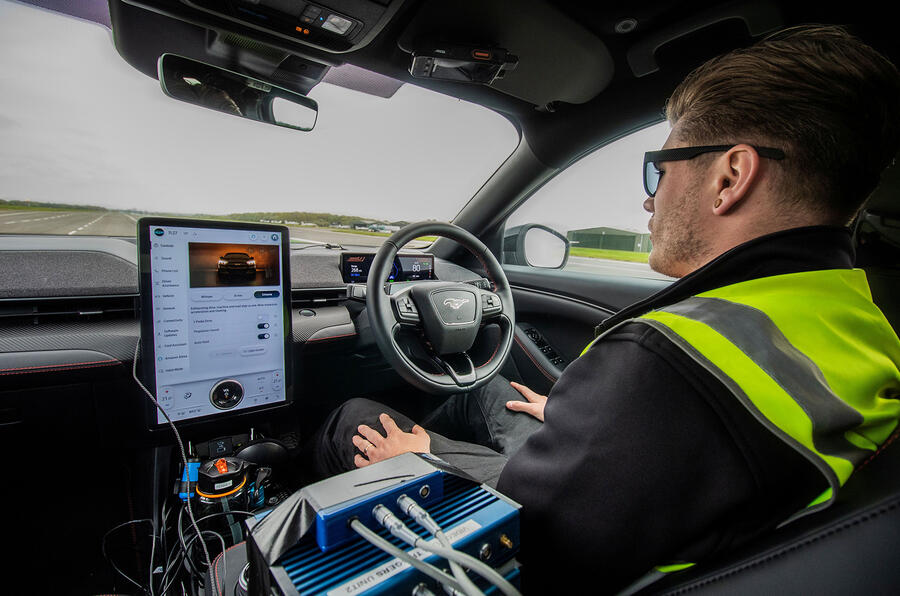The car insurance landscape in the UK is undergoing its most significant transformation in decades with the launch of Thatcham Research’s new Vehicle Risk Rating (VRR) system. Designed to replace the long-standing Group Rating system, VRR marks a decisive shift towards a more dynamic, detailed, and data-driven method of assessing vehicle risk, its creator claims.
Today’s vehicles are becoming increasingly complex, with electrified powertrains, ADAS technology, and, with the advent of software-defined vehicles, highly integrated digital systems. Legacy insurance models have struggled to keep pace, but Thatcham says that VRR addresses this with a holistic approach that scores each vehicle across five key pillars: Performance, Damageability, Repairability, Safety, and Security. Each is scored from 1 to 99, offering insurers and OEMs improved granularity and insight.
To explore the significance of this shift, Autocar Business hosted a dedicated webinar featuring Ben Townsend, head of automotive at Thatcham Research; Victor Zhang, UK country director of Chinese automotive brands Omoda and Jaecoo; and Scott McCammon, head of motor repair at Admiral. Moderated by Autocar’s deputy editor Felix Page, the discussion focused on how VRR is already influencing vehicle development, underwriting decisions, and emerging brand market entry strategies.
To see the conversation in full, watch the recorded webinar on Autocar Business.
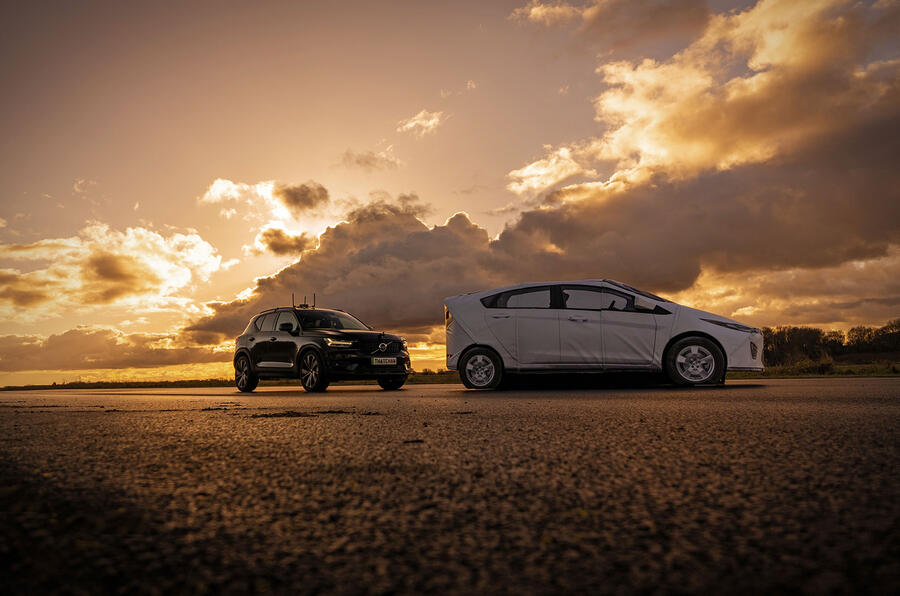
Redefining risk
Ben Townsend kicked off the discussion by reflecting on the history of vehicle risk assessment in the UK. Risk assessment has existed in some form since 1966 and got its last significant overhaul in 2009, but it was largely driven by vehicle performance and price. While that model worked well for many years, it became increasingly inadequate in light of modern complexities such as safety tech, battery packs, and supply chain variation.

